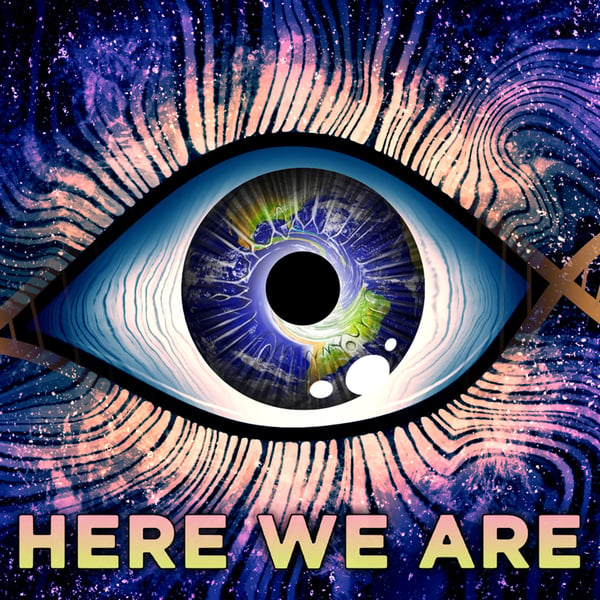Modeling a way out of Extinction
Here We Are
Shane Mauss
4.8 • 1.1K Ratings
🗓️ 30 November 2022
⏱️ 52 minutes
🧾️ Download transcript
Summary
Today I'm at The University of Tennessee, Knoxville speaking with Dr. Paul Armsworth.
Paul examines how conservation investment strategies and natural resource management policies can be made more effective by integrating ecological and socioeconomic models and data.
Learn more about Paul's lab: https://www.armsworthlab.com/
Learn more about Paul's research: https://eeb.utk.edu/people/paul-armsworth/
Thank you for watching and being an inquisitive being.
Transcript
Click on a timestamp to play from that location
| 0:00.0 | Are we, yes? Where are we here? Why are we here not entirely clear? We are misfits |
| 0:07.6 | thrust into existence by random chance with no hints at all as to how we're supposed |
| 0:14.0 | to make sense of it all. It's immensely bizarre. Here we are. |
| 0:20.3 | Well, everybody and welcome to the here we are podcast today. I'm at the University of |
| 0:26.7 | Tennessee Knoxville with this beautiful scenery and my guest, Hall Armsworth, joining me |
| 0:34.3 | today. Paul, thank you so much. Thank you for having me on. So tell us what you do. |
| 0:40.2 | What's your title? What's your background? Give us the whole your whole life story. When |
| 0:44.9 | were you born? When what was your first memory? No one was the number of those things. |
| 0:49.7 | So first day I wasn't born. I was assembled. So I tell the family. And so I'm a professor |
| 0:55.1 | of ecology and evolutionary biology here at University of Tennessee Knoxville. I run |
| 1:01.5 | an interdisciplinary research group that focuses on how we can address biodiversity loss and |
| 1:10.7 | losses of ecosystem services. So we think about how to design more effective conservation |
| 1:16.1 | strategies and more effective conservation interventions. We try to inform natural resource |
| 1:20.9 | management decisions and of groups who sort of work in those topic areas, ours is perhaps |
| 1:28.1 | a bit unusual in that we specialize in bringing mathematical computational statistical tools |
| 1:34.3 | to bear to try to address those issues. So how can we bring those tools to bear to understand |
| 1:40.5 | better what's happening to the biota and to improve our ability both to live with the |
| 1:46.6 | biota and in the biota. So give us a little more of your background. How did you get |
| 1:52.4 | down this path? So I started out in mathematics. My undergraduate |
| 1:56.6 | training was mathematics. I did for my sins. I have two PhDs and the first PhD was actually |
| 2:02.5 | in math. Still aren't on sort of applied modeling work. But I found I didn't have sort of |
| 2:09.9 | enough of a handle at that point on the underlying biological mechanisms that were driving some |
... |
Please login to see the full transcript.
Disclaimer: The podcast and artwork embedded on this page are from Shane Mauss, and are the property of its owner and not affiliated with or endorsed by Tapesearch.
Generated transcripts are the property of Shane Mauss and are distributed freely under the Fair Use doctrine. Transcripts generated by Tapesearch are not guaranteed to be accurate.
Copyright © Tapesearch 2025.

